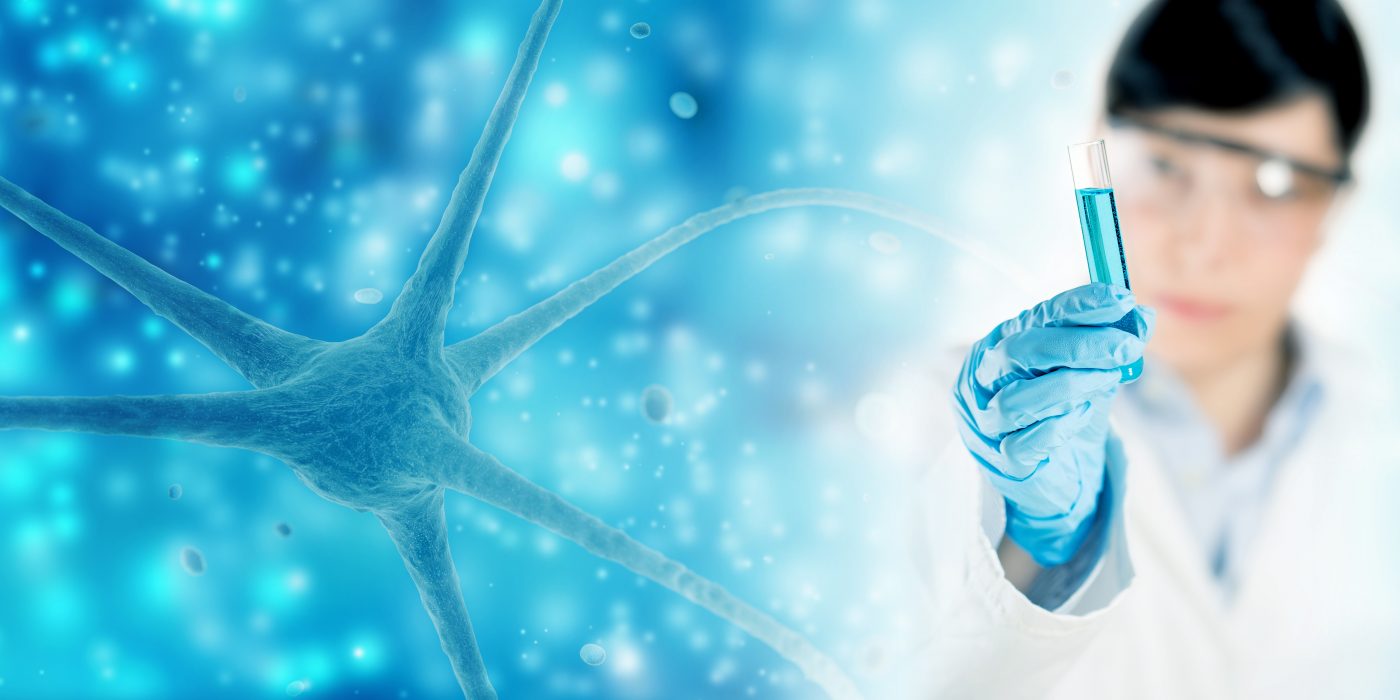Protein With ‘Switch’ Sensitive to Clumping May Aid in Treating Disease
Written by |

A chaperone protein called DnaJB8 has an internal molecular “switch” that likely regulates how cells dispose of protein aggregates, like those that cause Huntington’s disease.
These findings were detailed in the study “Regulatory inter-domain interactions influence Hsp70 recruitment to the DnaJB8 chaperone,” published in Nature Communications.
Huntington’s is caused by a mutated protein that forms toxic aggregates in cells. Cellular machinery normally helps to clear such abnormal protein clumps, but its workings are complex and not fully understood — although important to designing therapies for diseases like Huntington’s.
DnaJB8 is part of a protein family called heat shock proteins (Hsp), produced when cells are under stress. In essence, the function of DnaJB8 is to bind to abnormal protein aggregates. Then, it recruits other parts of the cell’s aggregate-clearing machinery — specifically Hsp70 — to expel these clumps.
A team of researchers set out to characterize the structure of DnaJB8.
“In order to understand the action of DnaJB8, we need to know what it looks like,” Patrick van der Wel, PhD, a professor at the University of Groningen in the Netherlands and a study co-author, said in a press release.
The DnaJB8 protein has a number of different domains, one of which is called the J-domain, or JD. The JD is important to the function of DnaJB8, because this is the part of the protein that recruits Hsp70.
Through a battery of biochemical experiments, the researchers demonstrated that the J-domain exists in two states: sometimes, the JD is tucked away, bound in place by other parts of the DnaJB8 protein. At other times, the JD is exposed on the outside of the DnaJB8 protein, allowing it to interact with Hsp70.
The researchers proposed a model wherein the JD is kept tucked away when DnaJB8 is inactive. Then, when DnaJB8 is activated (i.e., when it binds to an abnormal protein aggregate), the JD is freed, facilitating the recruitment of Hsp70.
“Our hypothesis based on the structure was that the DnaJB8 is inactive until it binds to the faulty proteins, and that it then attracts Hsp70,” van der Wel said.
At a molecular level, it’s not exactly clear how binding to a faulty protein would cause the J-domain to become exposed. However, these results “offer some hints toward a possible molecular mechanism for such a coupling,” the researchers said.
Of note, the DnaJB8 protein is primarily expressed in the testes. A similar protein — called DnaJB6b — is expressed in the brain, which is mainly affected by Huntington’s. While the two proteins are different in some respects, there may be important similarities in their function that could be explored in future research.
“It may take many more years, but now that we understand how this process works, it could help us to find a way to enhance the activity of DnaJB6, which could reduce the protein aggregates that cause the disease,” said van der Wel.





